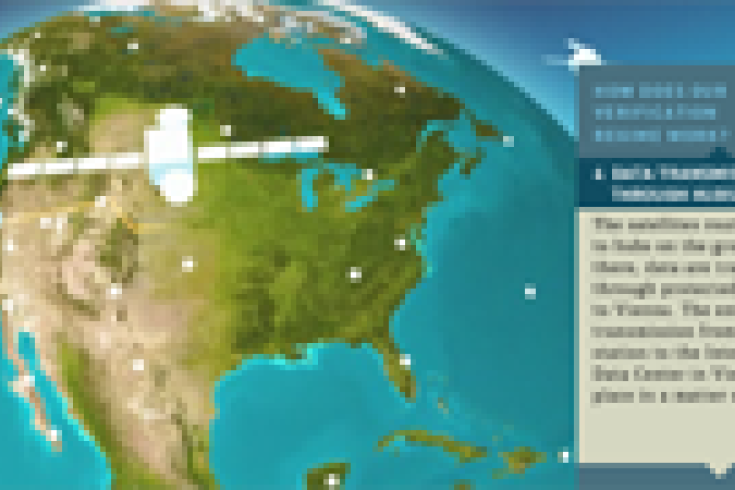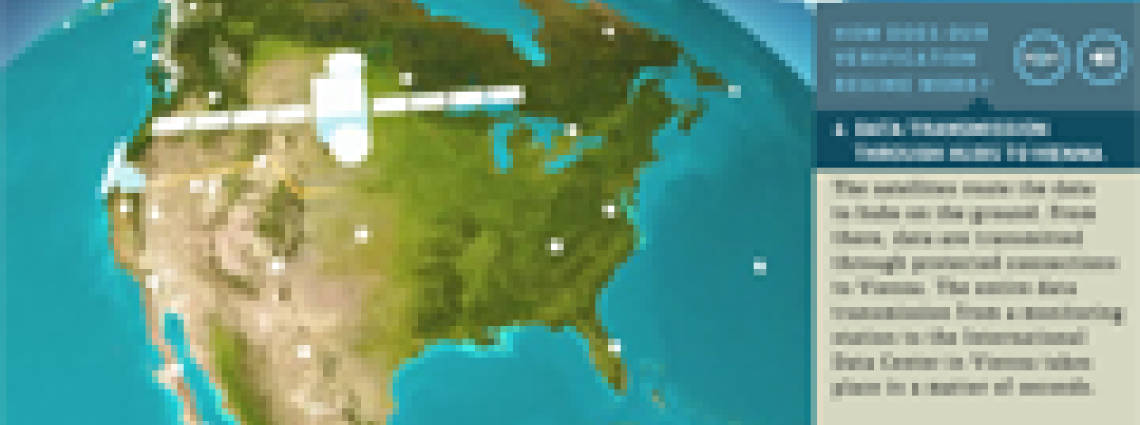New flash animations explain how monitoring technologies work

This animation of the CTBT global alarm system was launched along with the new CTBTO web site in June 2008. Click the image to start the animation.
How can nuclear explosions be detected?
Seismic monitoring
Hydroacoustic monitoring
Infrasound monitoring
Radionuclide monitoring
16 Jul 2009
